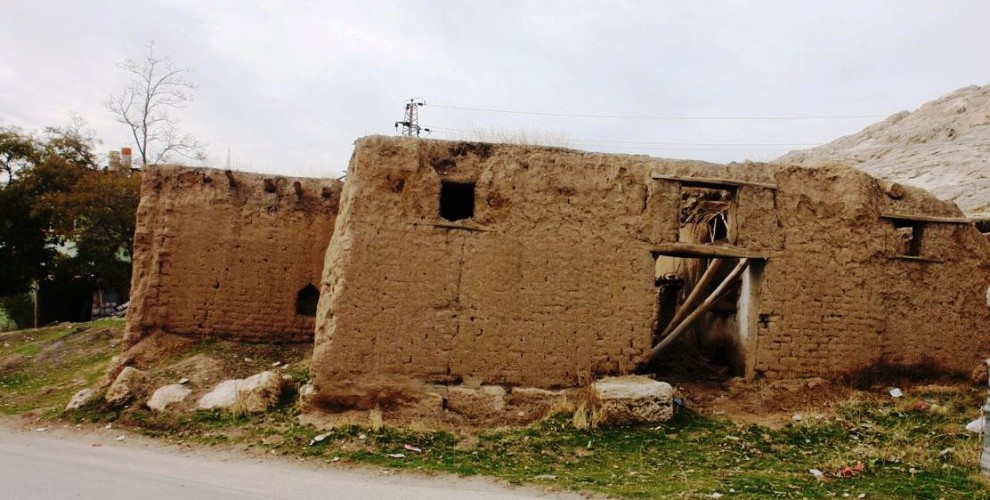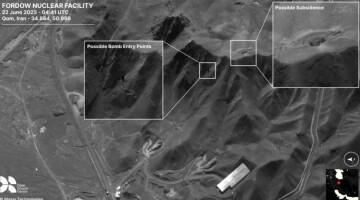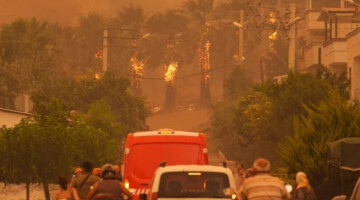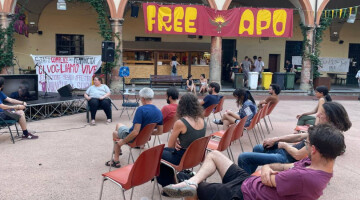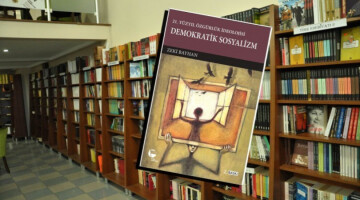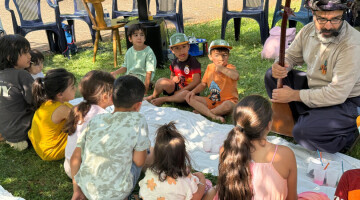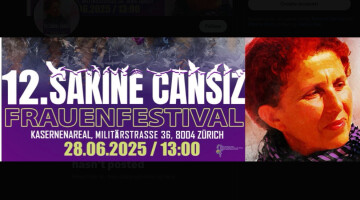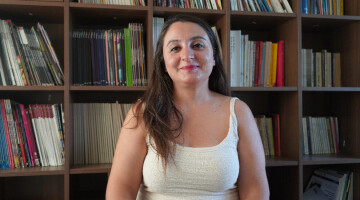Situated on the shore of Lake Wan, Van city is known to be one of the oldest continuously inhabited cities in the region. The ruins of Castle of Van and hundreds of historic houses attract tourists around the world, especially Armenians who are in search for their ancestor's culture.
Most of the historic houses in Van are made of adobe and wood. While it’s a very difficult job to preserve wooden structures even if they are a few hundred years old, in Van Turkish government has no or very little effort to protect historical heritage which reflects Kurdish and Armenian culture.
In the early 1900s its known that there were hundreds of historical buildings in eastern part of Castle of Van. Inhabited by mostly Armenians, the neighbourhoods suffered an extensive destruction during Armenian genocide in 1915. Remaining few hundred houses survived three major earthquakes in the past century and most of them were standing in the early 2000s.
After AKP rose to power in 2002, Turkish government launched a policy to modernize the outlook of the cities. Turkish president Erdogan called it “urban progress”.
Turkey’s “urban progress” policy is widely criticised for lack of historic and cultural heritage perspective. The destruction of Sulukule neighbourhood of Istanbul which was home to Roma people caught international attention after several artists and activists raised concern over cultural impacts of urban progress.
Despite the international pressure, AKP government eradicated all the houses or in another saying whats left of Roma people and relocated them to public housing in another part of the city.
Slow and silently the same policy continues in Van for 15 years. Almost all historic houses were destroyed, and multi storey buildings are erected within months. Currently, only a few houses remain in the city centre, and without restoration, it's estimated that they won't stand another decade.

